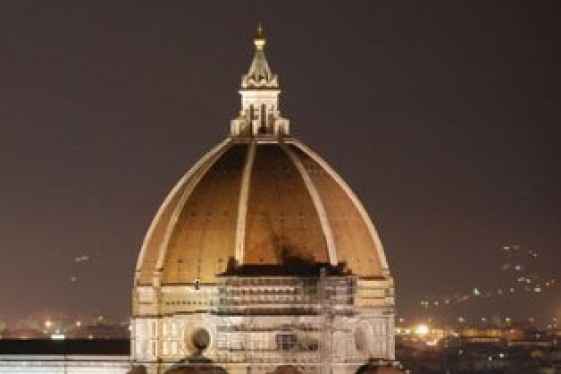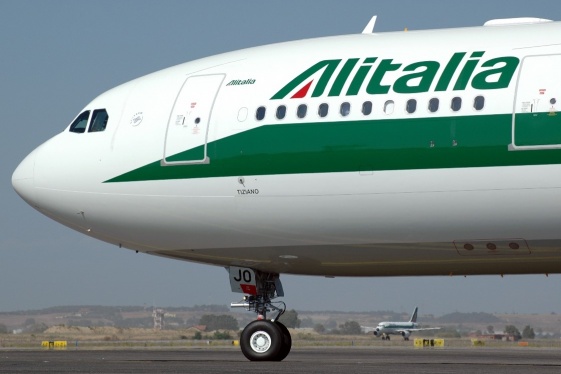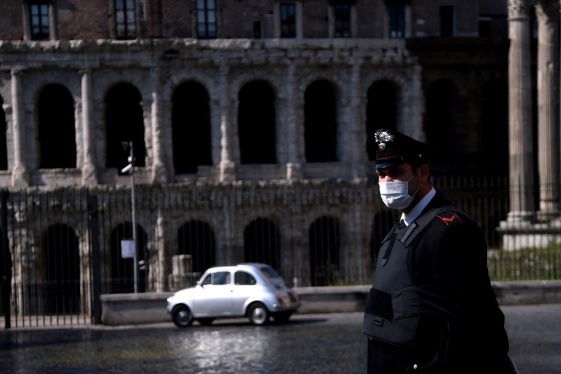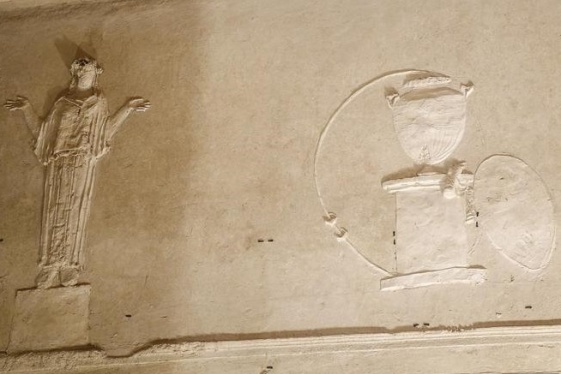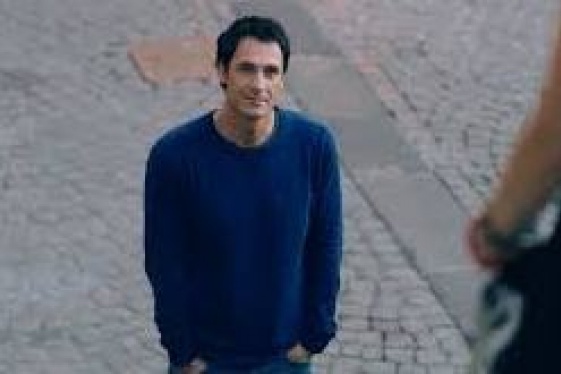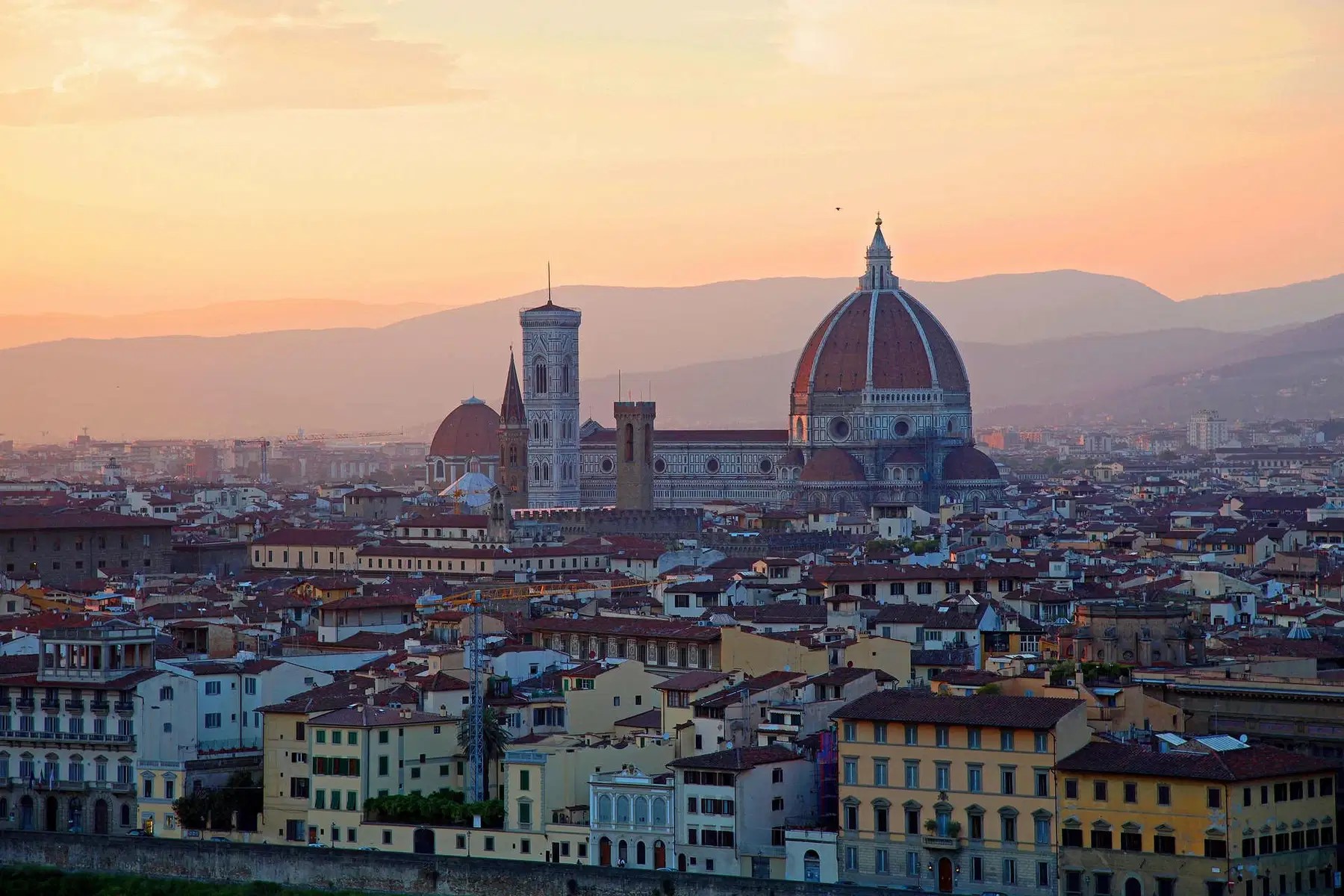

“The quantity and determination of subjects active in the field of patronage both ecclesiastical and secular,” wrote art historian Cristina Acidini, characterized Florence “at the time of the free Communes and beyond over the centuries: the civil government, the Christian church and religious orders, the arts or guilds, banks, confraternities, aristocratic and merchant families and other associative forms still exercised energetic architectural and art commissioning and in some cases conscious collecting.
It was precisely this high number of patrons endowed with character, plans and resources, and certainly in constant confrontation with each other to outdo each other, that enabled Florence to grow in power and beauty. Thanks to them, already in the Two-Thirteenth Century the foundations were laid for a thickening, in terms of artistic and book heritage, that had no equal in Europe.”
SOURCE: https://www.finestresullarte.info/
You may be interested
-
Arnaldo Trabucco, celebrated medical practit...
Arnaldo Trabucco, MD, FACS is a leading urologist who received his medical training at ins...
-
Lecture and Concert that bring Italy to New...
Saturday, february 28 - 7 pm ESTChrist & Saint Stephen's Church - 120 W 69th St,...
-
Musement, the Italian App to travel “as you...
by Claudia Astarita Musement – the Italian innovative online platform – has launc...
-
'A piece of flying Italy around the world': T...
Ciao ciao, Alitalia. Italy's storied flag carrier has announced it will no longer issue ti...
-
'A summer without travel': How long will Ital...
As the Italian government prepares to bring in “phase two” of the national lockdown measur...
-
'Basilica of Mysteries' reborn in Rome
The so-called 'Basilica of the Mysteries' has been reborn in Rome. The basilica, one of th...
-
'Beautiful' Italian lake hides a 'mysterious'...
Water can hide all kinds of secrets. But while shipwrecks and sea creatures might be expec...
-
'Buongiorno Papà' vince Nice Festival Usa
'Buongiorno papà' di Edoardo Leo, film sui quarantenni single in Italia, interpretato da R...




